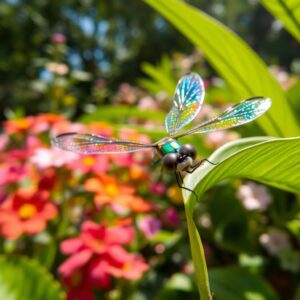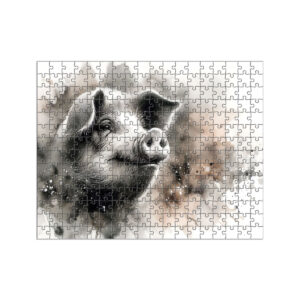
Explore & Play
Discover interesting topics and solve the accompanying crossword puzzle.
Animal Crossword Challenge: Fun and Brain Teasers
Table of Contents
Animal crossword
You can either fill in the crossword puzzle directly on this page or click the button in the bottom right corner to print it for free.
——————————————
Interesting Animal World
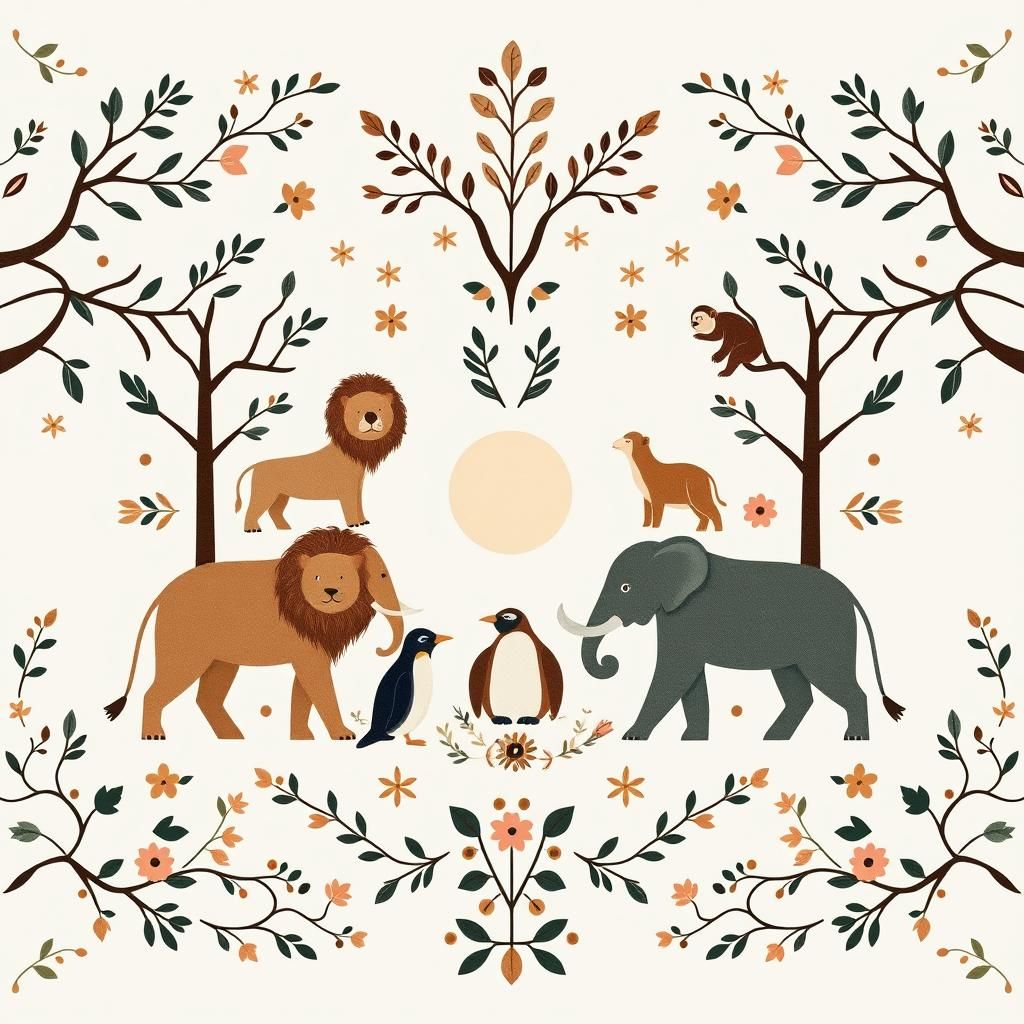
Introduction
There’s something quietly wild about the world around us—an untamed rhythm tucked just beyond the fences of our everyday lives. In 2025, the tapestry of animal life continues to unfold in new and fascinating ways, reminding us how deeply connected we are to every creature that shares this earth.
Studying animals isn’t just about marveling at their beauty or cleverness. It’s about understanding the delicate balance that keeps ecosystems humming and why conservation matters now more than ever. From the regal lion commanding the savannah to the playful dolphins weaving stories beneath the waves, each species carries secrets and lessons rooted in survival, community, and sometimes, sheer stubborn spirit.
This year, we take a slow walk through the lives of some of the planet’s most remarkable animals: lions, dolphins, elephants, giraffes, bears, tigers, wolves, eagles, penguins, and monkeys. Each brings a unique story—of behavior, challenges, and interaction—that threads into the bigger story of life itself.
So, pull up a chair, imagine the crisp air of early morning, and listen close. There’s a world of wonder out there, waiting to be seen—not just with eyes, but with a heart ready to feel the pulse of the wild.
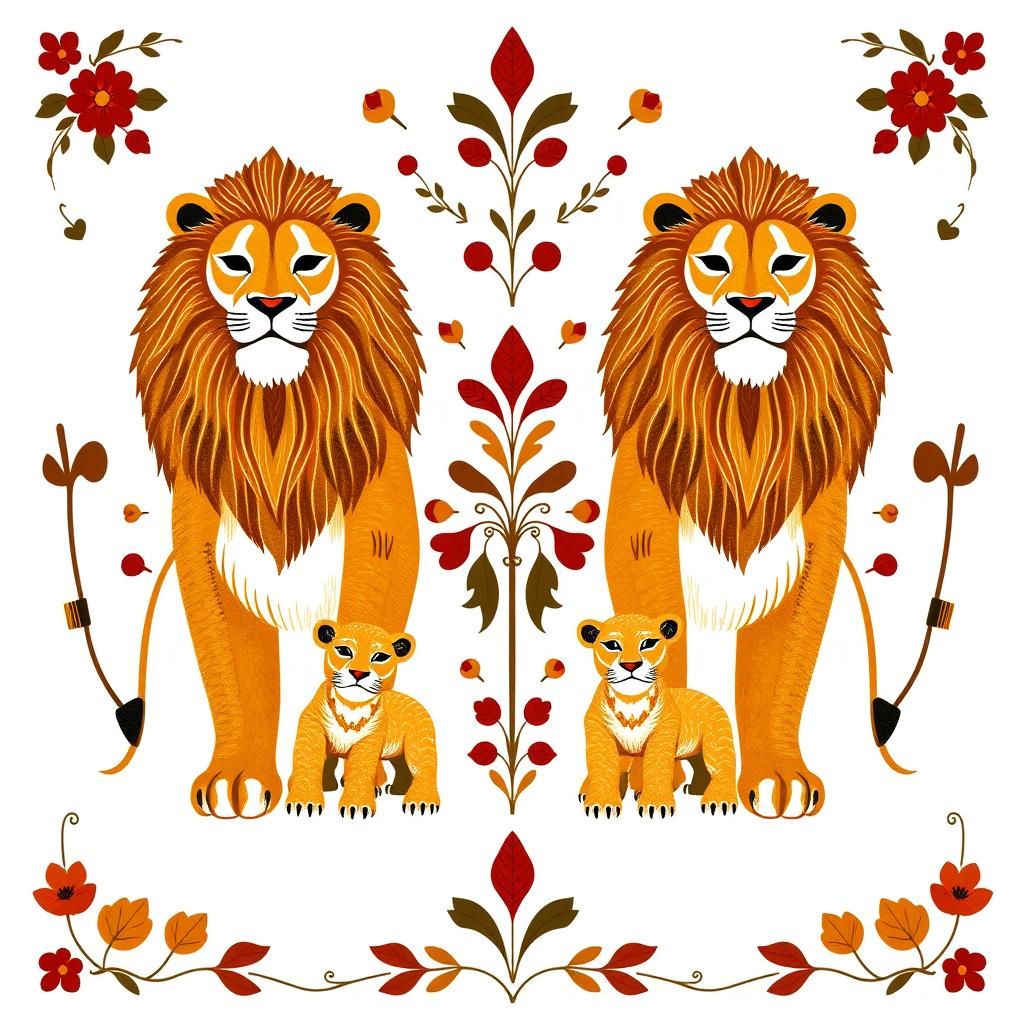
Lions
There’s something quietly powerful about a lion pride under the wide African sky. In 2025, these big cats still reign as top predators, but it’s not just muscle and roar that keep their world in balance—it’s the careful dance of social roles within the pride. You won’t find lone wolves here; lions are family through and through.
The females are the backbone, doing most of the hunting and nurturing, weaving together the pride with steady warmth and focus. The males, on the other hand, carry the weight of defense, standing guard at the boundaries like patient sentinels. When a new male takes over, it shakes up the pride’s order, reminding everyone who’s boss—but underneath, it’s a constant negotiation of respect and strength.
These days, lions face their share of challenges. Habitat loss and human conflicts nibble away at their numbers, making every pride a precious thread in nature’s fabric. But the heart of lion life beats on, resilient as the golden grasses in the sunset.
A fascinating snippet from recent studies paints a richer picture of lion dominance. It turns out, a lion’s roar isn’t just about announcing power; it carries information, letting the pride know who’s stepping up or backing down before any claws come out. It’s like a language of respect whispered across the plain—a reminder that in their world, strength works best when it’s shared, not just shown.
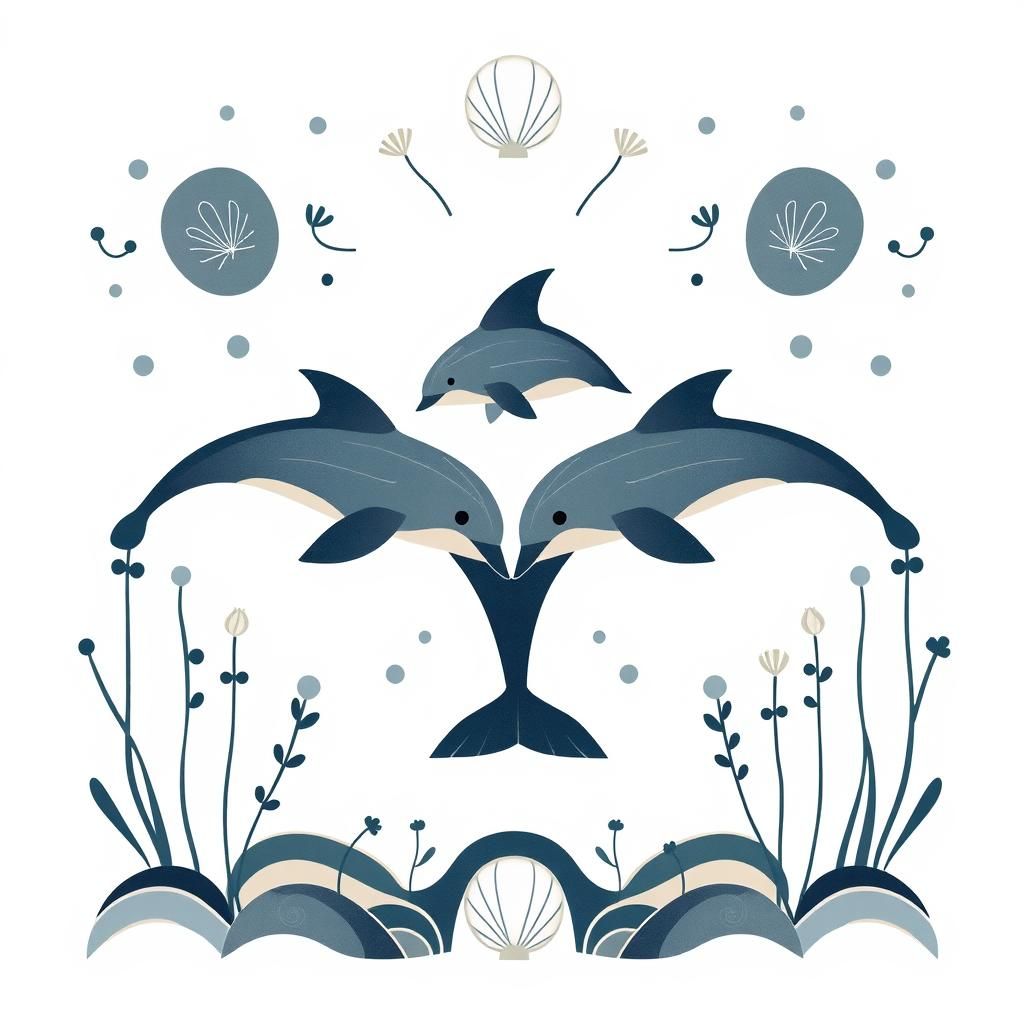
Dolphins
There’s something quietly remarkable about dolphins — the way they speak without words, like old friends sharing secrets beneath the waves. Each dolphin carries its own signature whistle, a unique sound that says, “This is me.” It’s not just noise; it’s a name, a call, a beacon in their social circles. Watching dolphins chat and navigate the choppy blue, you get the sense they’re not just smart — they’re deeply connected.
Their groups, often called pods, move with a harmony that’s equal parts play and purpose. They hunt together, care for one another, and even seem to share in each other’s joy. There’s a rhythm to their lives that reminds us how community can be both simple and profound.
Dolphins have long been part of human stories — as guides, companions, and healers. Nowadays, some therapy programs invite dolphins to work their magic on people facing physical or emotional challenges. There’s a gentle power in their presence, a kind of quiet encouragement that reaches beyond words. It’s like the sea itself offers a warm, healing embrace through these creatures.
But, just like the fragile tides, dolphins face their own set of troubles. Pollution silently carpets their homes, noisy boats disturb their conversations, and shrinking habitats squeeze their space. Their wild dance is under pressure, reminding us how closely their wellbeing is tied to our care of the planet.
In every splash and whistle, dolphins carry a reminder — that intelligence and kindness often swim together, and protecting these graceful neighbors is something we share responsibility for. So next time you hear the soft call of the ocean, think of dolphins — and the stories they’ve been telling for thousands of years.
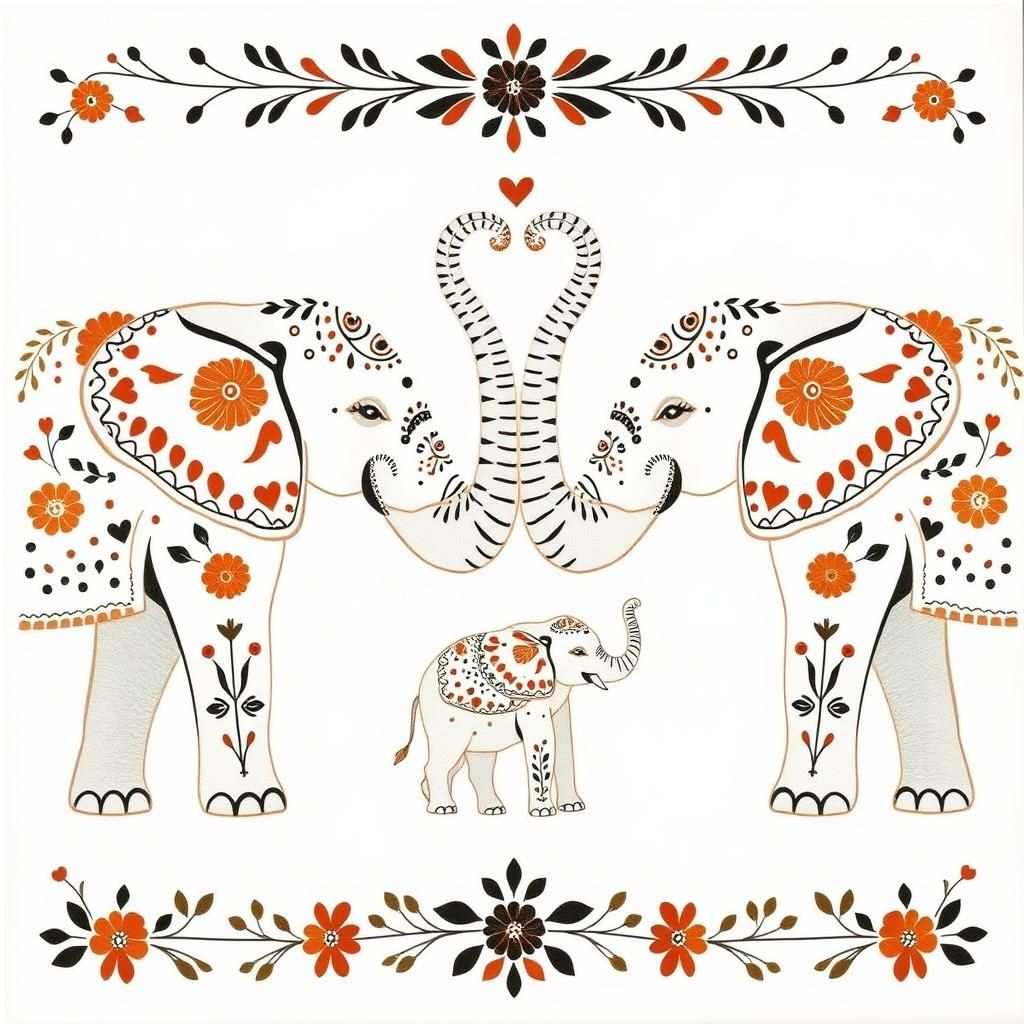
Elephants
Communication and Social Bonds
There’s something quietly majestic about elephants—how they move, how they live, and most of all, how they connect. Picture a hot afternoon on the savanna. Among the dust and golden grass, elephants gather, their trunks reaching out like old friends greeting one another. That trunk isn’t just a tool for feeding or drinking; it’s their way of saying, “I’m here with you.” A gentle touch, a reassuring wrap, or a slow, deliberate hug—all speaking volumes without words.
Elephants use their trunks to express affection, to comfort the young, or to soothe a grieving member of the herd. It’s a language of touch that strengthens the invisible threads holding the group together. When one elephant strokes another’s face or entwines trunks, it’s as if they’re sharing a moment of trust, a reminder that they belong to something bigger—the family, the herd, the wild itself.
This deep bond helps elephants survive. The more connected they are, the smarter they act as a team, protecting calves and navigating unpredictable changes in their world. Their social lives are complex, marked by patience and memory, like a well-worn path that’s traveled again and again.
Conservation Status
Yet, as 2025 unfolds, elephants face challenges that can’t be ignored. Habitat loss creeps in like a slow tide, nibbling away at the lands these gentle giants have roamed for centuries. Conflicts with humans flare up as communities grow, and poaching still casts a dark shadow despite ongoing efforts. The weight of these threats is heavy, yet there’s hope in the resilience of elephants and the growing number of people who stand beside them.
In places where conservation groups work on the ground, elephants have a fighting chance to keep their families safe, their paths open, and their voices heard. Protecting their habitats means not just saving a species, but preserving a way of life—both theirs and ours.
Role in Therapy
Even beyond the wild, elephants touch lives in unexpected ways. Their steady presence, calm demeanor, and slow, deliberate movements have found a place in animal-assisted therapy. Those who spend time with elephants often speak of a grounding peace, a gentle encouragement to breathe deeper and let go of worries. It’s a rare kind of healing that only such a powerful, yet tender creature can provide.
Spending moments with an elephant can remind us all to slow down, to connect with our own feelings, and to find strength in community—much like these remarkable animals have done for generations.
For a deeper glimpse into their silent yet soulful communication, explore Elephant Communication and Affection.
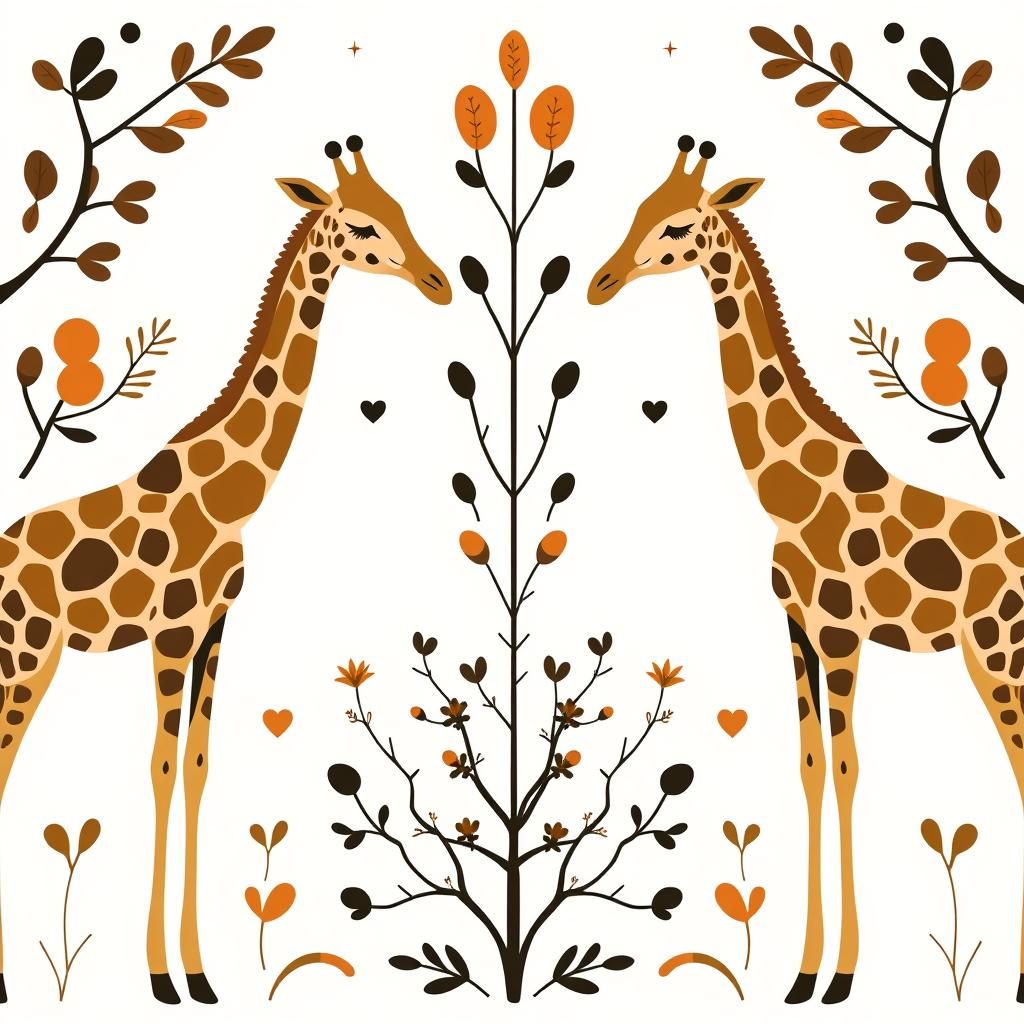
Giraffes
There’s a quiet wonder in spotting a giraffe stretching its long neck to nibble on treetops. As of 2025, what once seemed like a single species has gently unfolded into four distinct giraffe species. It’s a bit like realizing the bear you think you know is actually a family of different cousins, each with its own story and place in the wild. This discovery reminds us how much remains to be understood, even about the tallest of the savannah’s residents.
Giraffes have adapted in such graceful ways that you can almost feel the rhythm of the land in their movements. Their long tongues, perfectly designed to wrap around thorny acacia leaves, carry the taste of the dry season and the scent of the earth. Each species tends to favor specific habitats, from dry woodlands to open plains, weaving themselves quietly into the fabric of those places.
But even these gentle giants face shadows: habitat loss, poaching, and fragmentation have nudged some species closer to danger. Their populations aren’t just numbers; they’re pieces of a living puzzle—reminders that the beauty of simplicity also depends on careful stewardship.
If you want to pause and take a deeper look into this gentle giant’s world, this little discovery feels like an invitation to slow down, watch closely, and remember that every creature carries a story worth hearing.
For more on this fascinating update, take a look here: Giraffe Species Recognition.
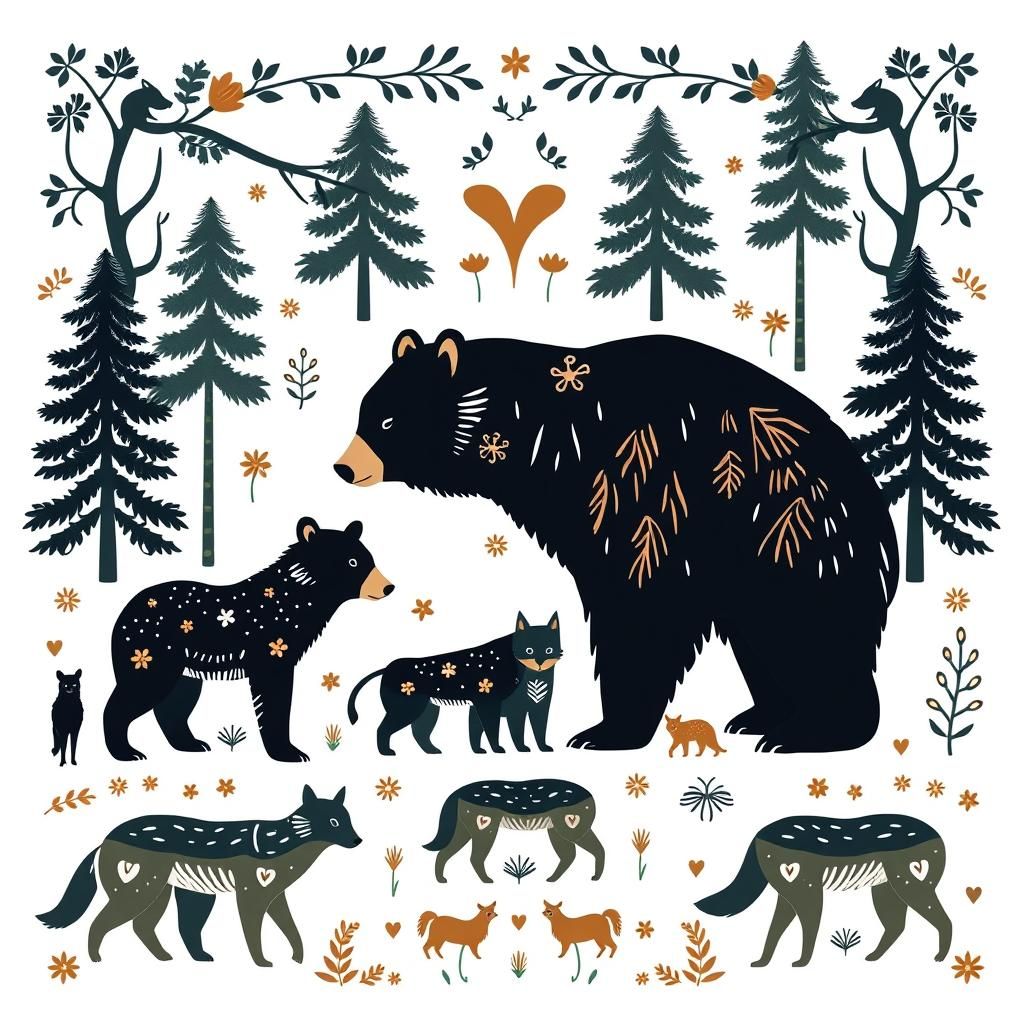
Bears
Behavior Myths Debunked
When you think of a bear, the first image that might pop up is a lumbering beast ready to charge at any moment. But let me tell you, bears are far more nuanced than that. Their behaviors vary widely depending on species, season, and situation. For instance, black bears tend to be shy and avoid humans whenever possible. It’s rarely about aggression; it’s about self-preservation. Grizzlies, on the other hand, can be protective, especially a mother with cubs, but they’re not mindless monsters.
I recall a quiet morning in the northern woods where I watched a brown bear methodically forage for berries. She wasn’t a threat; she was a gardener tending to its patch, moving with purpose but no haste. There’s a slow grace to bears when they’re simply living their lives—fishing in a creek, scratching their backs up against a tree, or lumbering through fallen leaves with a crunch underfoot. This balance between strength and gentleness is often overlooked.
Conservation Status
As of 2025, bear populations present a mixed picture. Some species like the American black bear are stable or increasing due to successful habitat protection and management. Meanwhile, polar bears face tougher times, their icy homes melting away under the weight of climate change. In remote regions, efforts continue to curb poaching and protect key habitats, recognizing bears not just as wildlife icons but crucial members of their ecosystems.
Interaction with Other Species
Bears share their territories with an assortment of neighbors: wolves, deer, and smaller mammals. While they’re the heavyweight champions, they tend to avoid unnecessary conflicts. On the rare occasions of encounters with species like wolves, the balance is a dance of respect and caution. For example, wolves might steer clear of a bear’s path, aware of its power, while bears might ignore smaller animals unless food is involved.
In the quiet moments—when a bear pauses after a long trek and birds flutter nearby—you sense the interconnectedness of the wilderness. Each creature plays its part, woven into a story as old as the forest floor itself. And if you listen closely, you hear not just the growls or roars, but the soft chorus of coexistence.

Tigers
Interaction with Wolves
Out in the wild where the forests grow thick and the mountains rise sharp, tigers and wolves share a delicate balance. These big cats and clever canines don’t often cross paths, and when they do, it’s usually a careful dance of avoidance rather than confrontation. Tigers, with their sheer size and stealth, hold the upper hand in these territories. Wolves, on the other hand, are pack animals who rely on numbers and strategy to navigate their world.
In places where their ranges overlap—think the remote reaches of Siberia or the dense forests of the Russian Far East—tigers tend to watch from the shadows. Wolves know better than to challenge a solitary tiger; instead, they move quickly, hunt in coordinated packs, and steer clear to keep the peace. It’s a quiet understanding forged by respect and survival rather than rivalry.
This unspoken agreement helps both species thrive without unnecessary bloodshed. Tigers need wide swaths of territory to roam alone, while wolves depend on collaboration. When they do meet, the encounter is brief, tense, and soon over. This coexistence is a reminder that in nature, even the fiercest of predators find ways to share the same space without tearing each other apart.
Conservation Status
Despite their imposing presence, tigers face serious threats today. As of 2025, their numbers are still climbing, thanks to dedicated conservation efforts across their native habitats. Anti-poaching patrols, protected reserves, and community programs have all played a part in bringing these majestic creatures back from the brink.
Yet, habitat loss and illegal hunting still shadow their future. Tigers need large, connected forests to thrive, places where they can hunt and raise cubs safely. Every shrinking patch of wilderness chips away at their chances. But with continued vigilance and support, there’s hope that the tiger’s roar will echo through the wild for generations more.
External Link
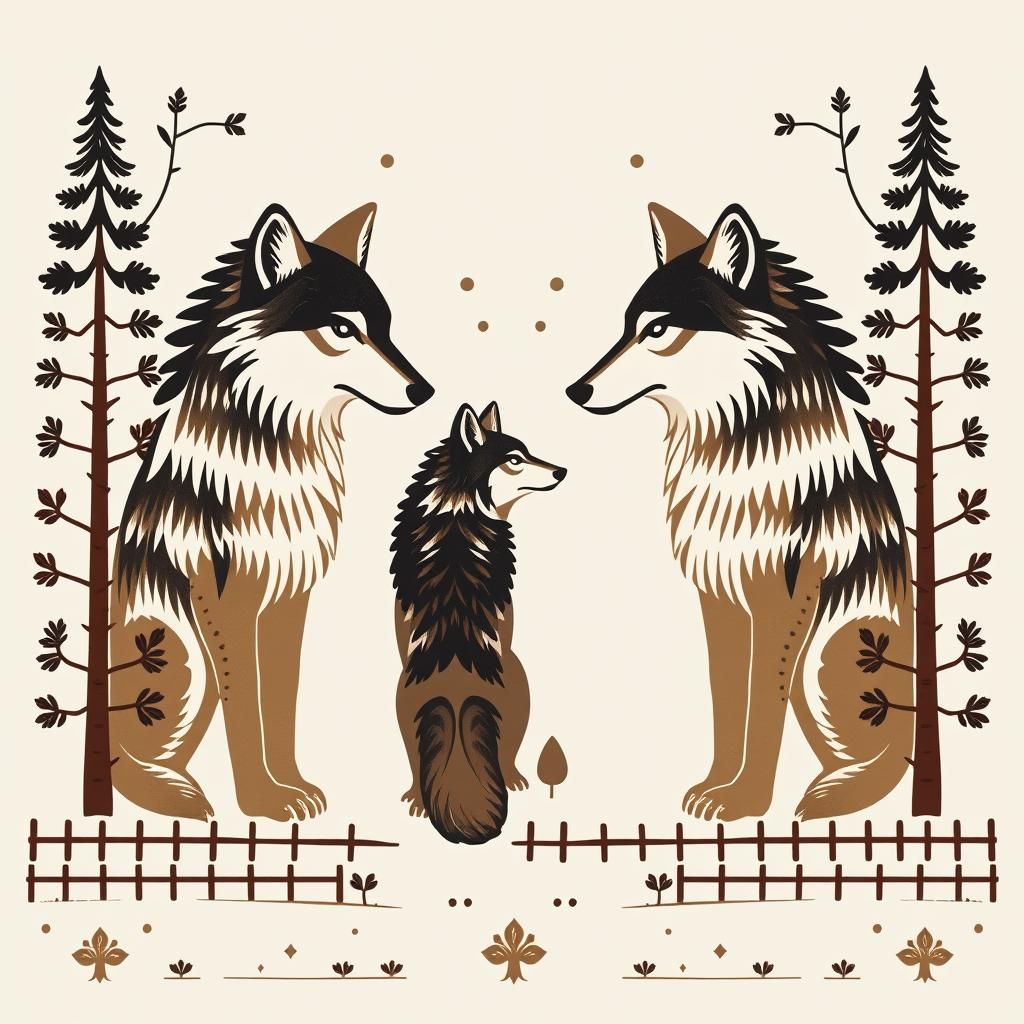
Wolves
Social Behavior and Ecology
Imagine a crisp morning in the forest, the ground still holding the chill of night, when a wolf pack stirs together. Life for wolves is built on family—tight-knit packs where every member has a role, from the alpha pair leading the way to the younger wolves learning the ropes. Their strength lies not just in sharp teeth or speed, but in teamwork and sharp communication. Hunts are coordinated dances, chasing down prey with patience and precision. It’s a story older than the trees themselves, of survival woven through collaboration.
Wolves are smart about who they cross paths with. When tigers roam nearby, these shadowy giants command respect. Wolves tend to keep their distance, avoiding direct clashes that could turn costly. This caution speaks to a balance struck over ages—each predator knowing the value of discretion to preserve the pack’s future. It’s a quiet lesson about the wild’s delicate choreography, where strength meets wisdom.
Conservation and Human Impact
Wolves have faced tough times, as human expansion and fear pushed their numbers down across many regions. Yet, there’s a growing shift. Conservation efforts are slowly turning the tide, protecting habitats and fostering tolerance in communities living alongside these wild neighbors. Wolves, once nearly vanished in some areas, now make cautious returns, reclaiming forests and hills.
But challenges remain—roads, fences, and shrinking wild spaces still pinch their freedom. Each wolf pack restored is a thread mended in the fabric of nature. Supporting their survival means honoring the wild places where the wolf’s howl still echoes—a sound that reminds us of the balance between resilience and respect in this world we share.
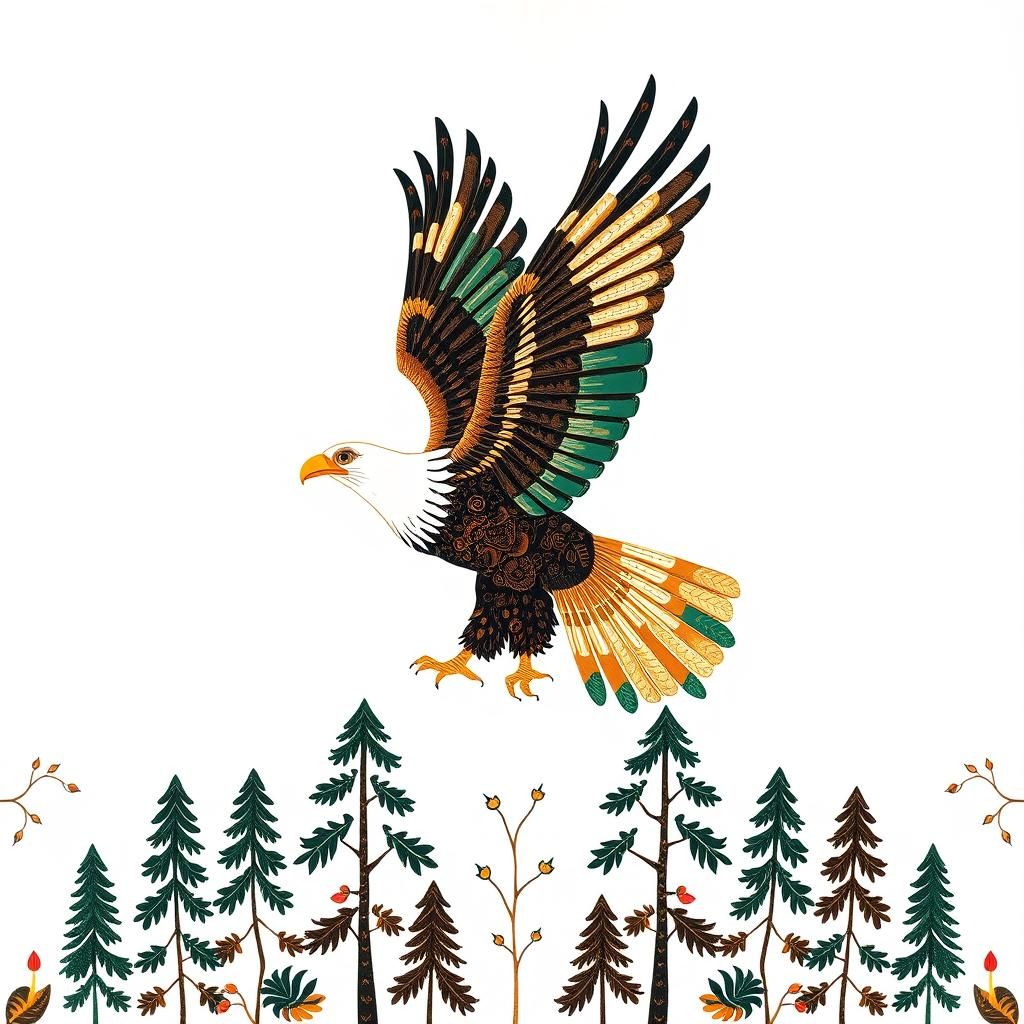
Eagles
There’s something quietly powerful about the Philippine eagle — a creature carved by the wild, carrying tales of the forest in its feathers. Dubbed the “monkey-eating eagle,” this bird isn’t just named for its diet; it’s a master of the treetops and shadows, moving with a grace that belies its size and strength. Watching one in flight is like seeing the forest itself breathe and shift, a reminder of nature’s wild pulse.
What truly sets the Philippine eagle apart is its vision, sharp beyond what most creatures possess. Imagine eyesight so keen it outmatches many primates — eyes tuned to spot the slightest rustle or movement among dense foliage. This gift makes it an apex hunter, patient and precise, relying on stealth and skill rather than brute force alone.
But this majestic eagle doesn’t soar without struggle. Its numbers have dwindled, caught between habitat loss and the pressures of human expansion. Yet, hope glimmers through dedicated conservation efforts, where communities and biologists come together like neighbors chatting over a porch rail, committed to safeguarding this living legend.
In a world rushing fast, the Philippine eagle invites us to pause — to marvel at the quiet strength that carries forests on silent wings, and to remember why protecting such wild spirits is a task worth every patient moment.
For more on this remarkable eagle, visit Philippine Eagle Profile.
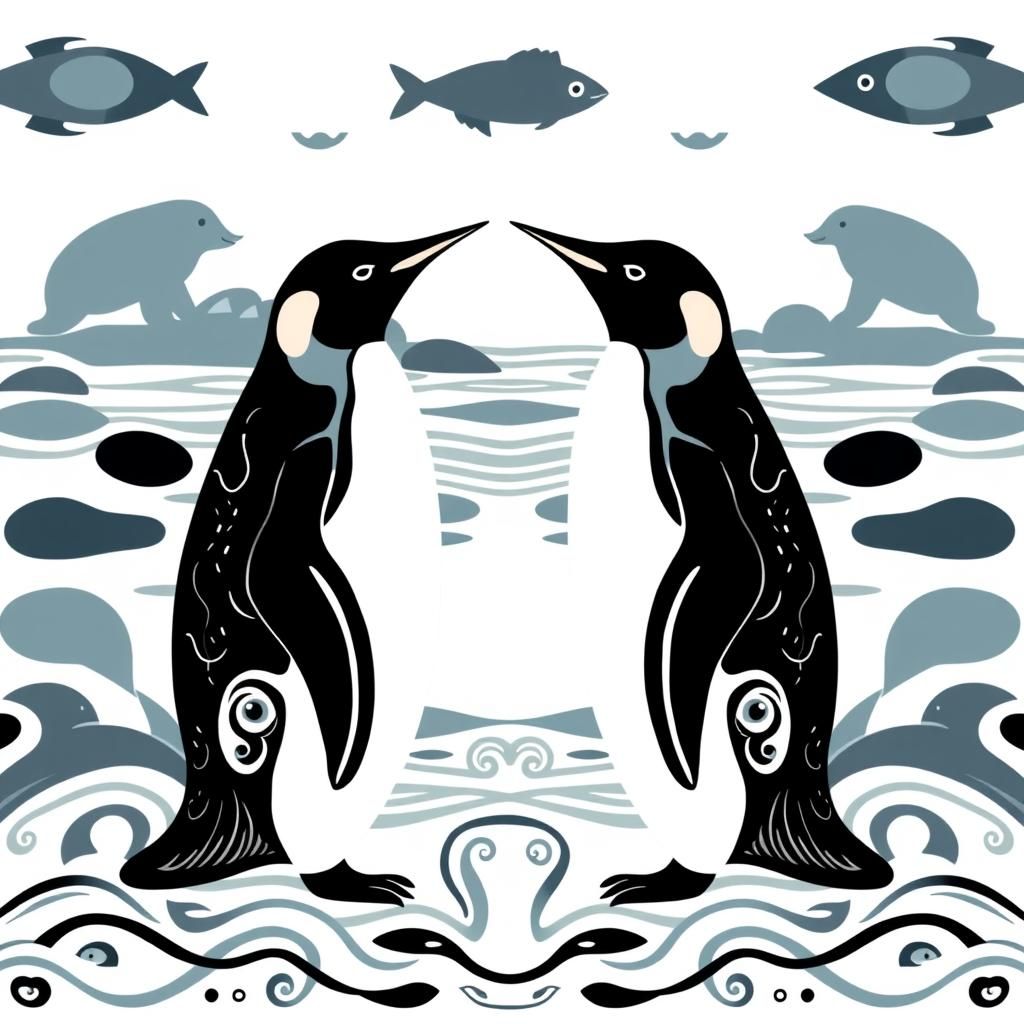
Penguins
There’s something quietly gripping about watching African penguins make their way along the rocky shores of South Georgia. These little fellows navigate a world that’s anything but gentle—facing down the looming bulk of elephant seals and braving shifting tides that can change in a heartbeat.
In 2025, the true stories emerging from these colonies paint a picture of resilience. African penguins have learned to read the subtle cues of their environment, timing their movements to avoid encounters with elephant seals, whose size and strength can be overwhelming. It’s a delicate dance, one rooted in hard-earned survival skills passed down through generations.
What stands out is their steadfast adaptability. When storms roll in and hunting grounds shift, these birds adjust their routes and behaviors. You can almost hear the crunch of their feet on gravel as they waddle purposefully, a rhythm shaped by the tides and seasons. There’s a quiet courage in their small forms—a reminder that even the humblest creatures carry stories of grit.
Yet, their survival is far from guaranteed. Climate change alters ocean temperatures, affecting the fish populations they rely on. Predators and human disturbances add to the struggle, forcing conservationists to keep a vigilant eye. Protecting these penguins isn’t just about numbers; it’s about preserving a piece of nature’s enduring spirit.
If you want to dive deeper into how king penguins tiptoe around elephant seals and the fragile balance they maintain, the story here offers a gentle glimpse into this rugged dance of life. In the quiet moments by the shore, watching penguins carry on, you’re reminded that nature’s greatest lessons come from simply showing up day after day—small, steady, and sure.
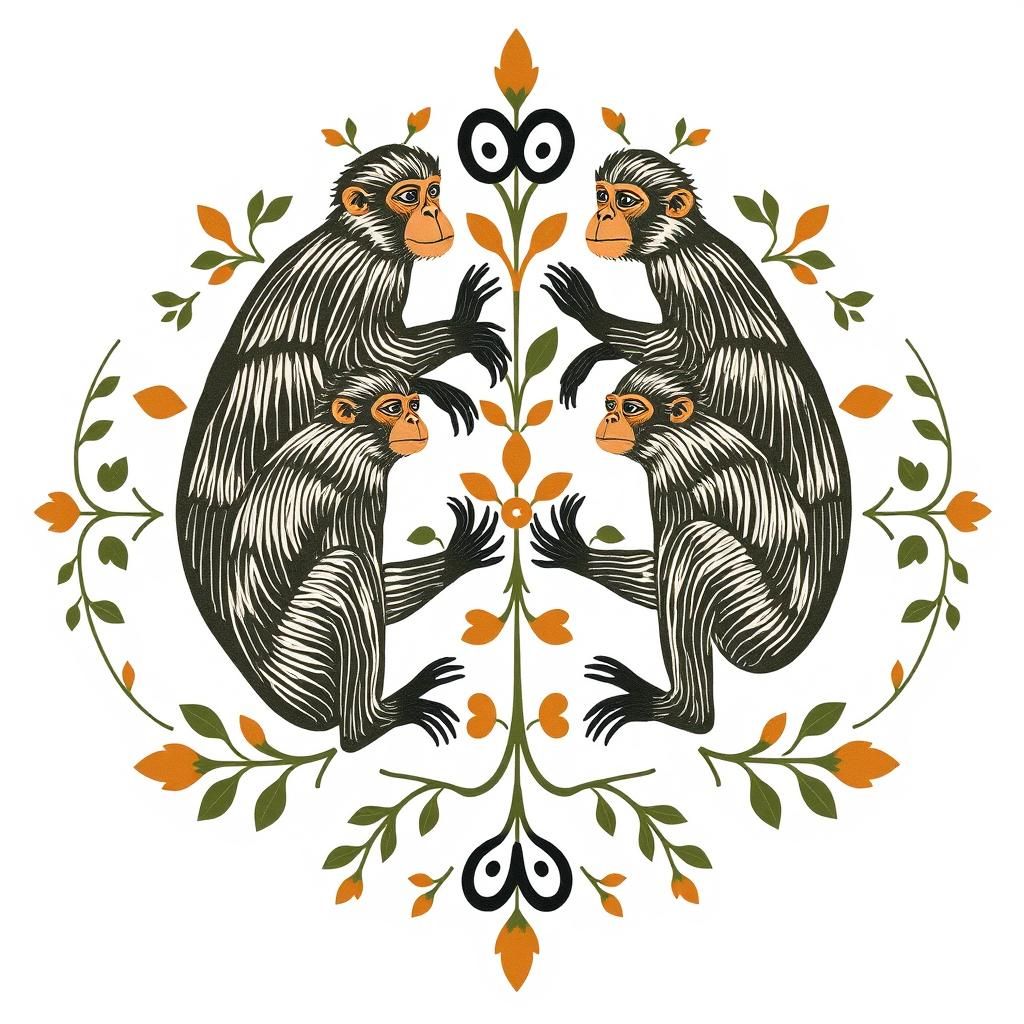
Monkeys
Behavioral Insights
If you’ve ever watched monkeys in action, you know they’re a lively bunch—full of cleverness and curiosity. In 2025, researchers continue to marvel at their social communication, which is like a conversation woven from gestures, vocal calls, and even the occasional playful glance. Imagine a troop settled under the dappled shade of a grove, exchanging signals that keep their group in sync—from grooming invitations to warnings of nearby danger. It’s a language that’s simple on the surface but layered with meaning, a testament to their quick minds and community bonds.
Monkeys also show a knack for problem-solving that’s as practical as it is impressive. Whether it’s figuring out how to crack open a tough nut or navigating complex forest paths, their intelligence shines through in ways that remind us how much ingenuity thrives in the wild. These moments feel like little windows into a world where brains and brawn work hand in hand—each puzzle solved a quiet victory shared by the troop.
Conservation Concerns
But beneath these lively scenes lies a growing shadow. Habitat loss and human encroachment tug at the edges of monkey territories, shrinking the places where these social creatures can roam freely. Forests once rich with fruit and shelter give way to roads and farms, fracturing the delicate balance that sustains them. It’s a slow change, often unnoticed day to day, but it carries real consequences. Monkeys, like many animals, are not just surviving; they’re adapting with resilience, yet their future depends on the spaces left for them to thrive.
In these times, the story of monkeys becomes one of quiet perseverance. It’s a reminder that protecting their homes is also about preserving this ancient connection we share with the wild: a dance of curiosity, community, and a respect born from watching nature up close. So, the next time you hear a chatter from the trees or catch a glimpse of a troop playing in the distance, remember it’s more than just a moment of joy—it’s a call to keep their world alive and swirling with that timeless, rustic magic.
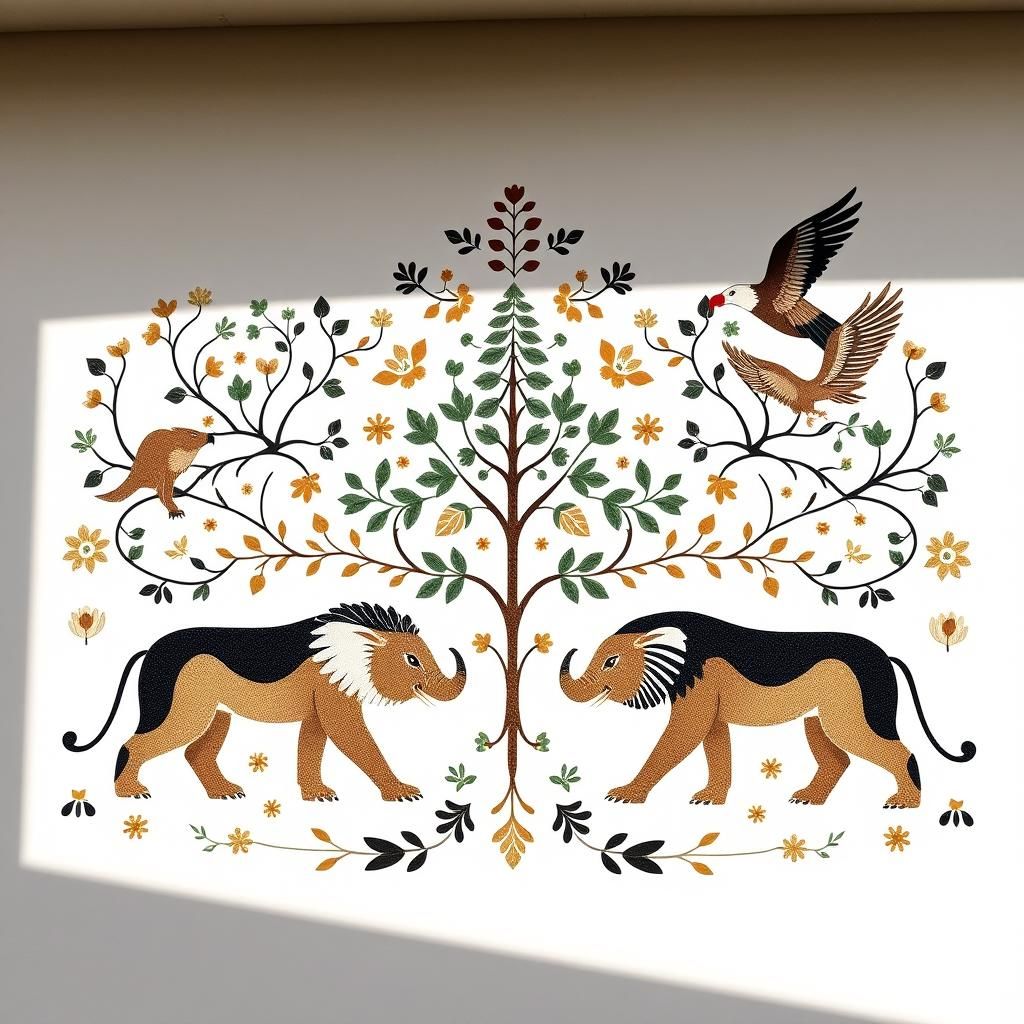
As we close our journey through the wild and wonderful world of 2025’s amazing animals, it’s clear that each creature carries a story worth knowing — from the roaring social tapestries of lions to the whispered conversations of elephants, the clever strategies of wolves, and the soaring vision of eagles. These animals aren’t just fascinating subjects; they are vital threads in the fabric of life, weaving ecosystems that sustain us all.
The challenges they face today — habitat loss, climate shifts, human encroachment — remind us that the stories of survival are ongoing. But with every new insight, every conservation effort, we find hope rooted in understanding and action. Protecting wildlife isn’t a grand gesture in some faraway place; it’s a daily choice, a slow and steady commitment as essential as tending your garden or sharing a meal.
So, let this be more than just a read. Let it be a nudge, a spark to slow down, notice the wild rhythms around you, and take part in keeping these stories alive. Whether it’s supporting local conservation groups, spreading awareness, or simply listening more closely to the natural world, every step helps.
In the quiet moments, imagine the crunch of leaves underfoot, the gentle touch of a breeze, and the echo of a distant call — a reminder that we share this earth with neighbors both fierce and gentle. They’ve been part of the story long before us and with care, they’ll be here long after. Let’s walk this path together.
Share to...
I hope you enjoy the content.
Want to receive our daily crossword puzzle or article? Subscribe!
You may also be interested in
Share to…
Want to receive our daily crossword puzzle?
-
Jigsaw Puzzles
Cozy Art Nouveau Cat Puzzle 250 | 300 | 500 Pieces
kr 348,00 – kr 439,00Price range: kr 348,00 through kr 439,00 Select options This product has multiple variants. The options may be chosen on the product page -
Jigsaw Puzzles
Norwegian Stave Church Abstract Jigsaw Puzzle 250 | 300 | 500 Pieces
kr 348,00 – kr 439,00Price range: kr 348,00 through kr 439,00 Select options This product has multiple variants. The options may be chosen on the product page -
Jigsaw Puzzles
Elegant Pig Zodiac Watercolor Jigsaw Puzzle 250 | 300 | 500 Brikker
kr 348,00 – kr 439,00Price range: kr 348,00 through kr 439,00 Select options This product has multiple variants. The options may be chosen on the product page
